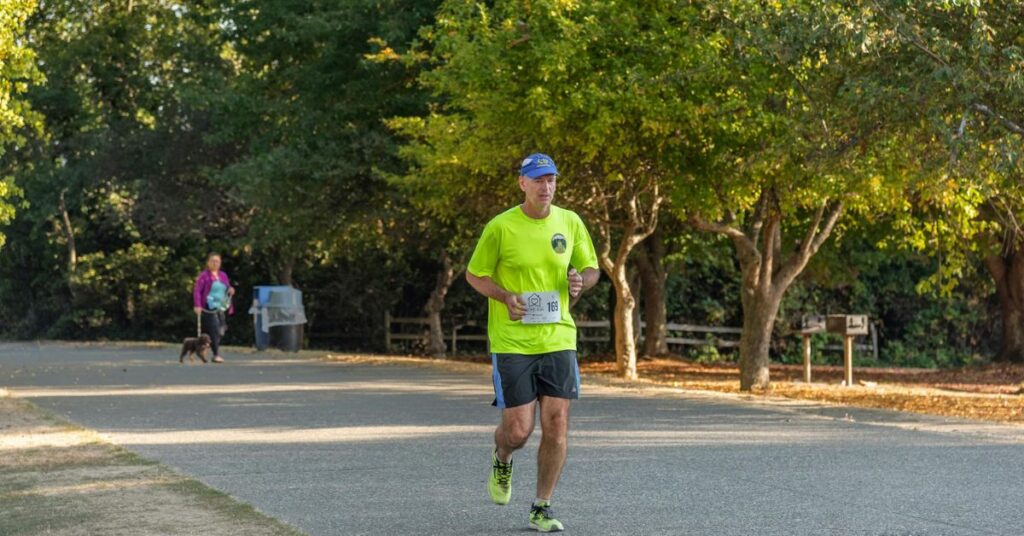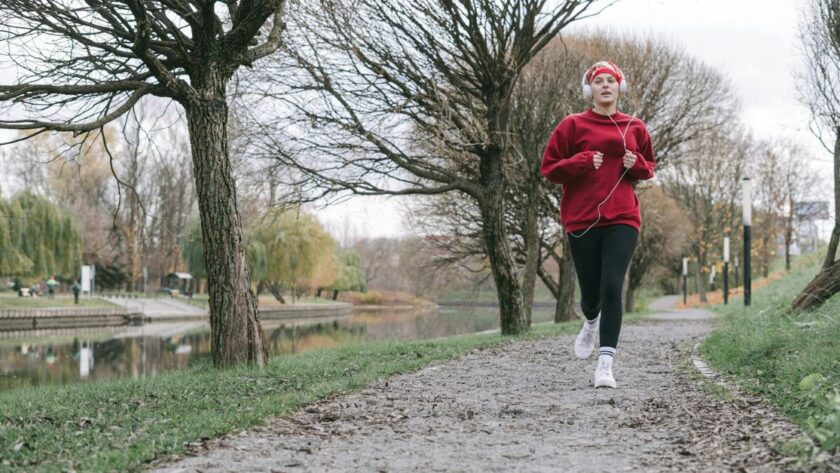Table of Contents
Walking for weight loss is one of the simplest yet most effective methods of losing weight and attaining good health. If you are just entering the world of fitness or if you want to incorporate a sustainable routine into your life, there are tons of benefits to wandering. If you set a step goal for yourself, you can track your progress easily and make walking a part of your weight loss program. In this article, we will look at how many steps a day may actually be beneficial to weight loss, tips for increasing your daily number of steps, and how to design a walking plan that works with your life.

Why Walking Works for Weight Loss
Walking might seem too simple to be useful, but it is actually one of the simplest yet most underestimated fat-burning cardio workouts. Let me elaborate.
- Burns calories without high-impact
- Easy to stay consistent with
- Improves heart health and mental clarity
- Can be done anywhere, anytime
Walking, done regularly, elevates the heart rate, kicks in the major muscle groups, and expends calories. While fat may not burn away as quickly as it would in a HIIT workout, walking is sustainable for those in need, whether beginners or individuals with joint issues.
How Many Steps a Day Really Burn Fat?
The magic number often cited is 10,000 steps per day—but where did that number come from, and is it best for you?
The Origin of 10,000 Steps
The 10,000-step objective originated in Japan in the 1960s as a promotional activity for pedometers. However, research has indicated that 10,000 is not a generally perfect figure; in fact, health benefits begin to accrue for as little as 7,000 steps per day.
Best Step Counts for Weight Loss
- 5,000 steps/day: Baseline movement
- 7,000–9,000 steps/day: Moderate weight maintenance
- 10,000–12,000 steps/day: Weight loss and metabolic boost
- 15,000+ steps/day: Accelerated fat loss
Begin from where you are. For example, if you’re averaging about 3,000 steps at this time, try to increase that gradually until you reach 5,000, then look towards 7,000. Progress is what counts, not perfection.
Calories Burned While Walking
The number of calories you burn walking depends on several factors:
- Your weight
- Your walking speed
- Incline or terrain
- Total time spent walking
Here’s a quick reference for a person weighing around 155 lbs:
- 3 mph pace: ~280 calories/hour
- 4 mph pace: ~340 calories/hour
- 5 mph pace (brisk): ~400+ calories/hour
Increasing your walking speed, using hills or stairs, and carrying light weights can increase the burn significantly.
Best Times of Day to Walk for Weight Loss
While any time you walk is beneficial, certain times may be better depending on your goals.
Morning Walks
It helps to burn fat more effectively. Best of all, by walking every day in the morning before you have breakfast (or fasted cardio), you set the tone for the entire day.
Lunchtime Walks
Taking a stroll on your lunch break is a fantastic way to break up the otherwise sedentary routine. You can recharge for the rest of the workday before reentering the office.
Evening Walks
A gentle stroll after dinner can improve digestion, lower blood sugar, and help you sleep better.
Tips to Maximize Your Walking for Fat Loss
Walking more often does not always translate into better. Quality and intensity, then, are just as crucial in making every step (of yours) count.
- Use a fitness tracker: apps or smartwatches keep you accountable.
- Add intervals: Walk fast for 1 minute, then slow for 2 minutes. Repeat.
- Use hills or stairs: These add intensity without needing to run.
- Pump your arms: Helps engage your upper body and burns more calories.
- Listen to music or podcasts: it keeps you motivated and consistent.
Walking Plan to Lose Weight
Weekly Walking Plan for Beginners
- Day 1: 4,000 steps (light pace)
- Day 2: 5,000 steps (moderate pace)
- Day 3: 6,000 steps + 3 intervals of speed walking
- Day 4: Rest or 2,000 light steps
- Day 5: 7,000 steps (add hills)
- Day 6: 8,000 steps (steady pace)
- Day 7: Rest or light walk
Gradually increase your step count by 1,000–2,000 each week until you reach your goal.
If you’re looking for more ideas to enhance your fitness routine, check out our article, Best Home Workouts for Effective Fitness Results.
Nutrition Tips to Support Your Walking Goals
You can’t outwalk a poor diet. Support your step goals with these simple food tips:
- Eat plenty of fiber and protein
- Stay hydrated—especially before and after walks
- Avoid processed sugars and refined carbs
- Try walking before meals to improve insulin sensitivity
Great Snacks Before or After Walking
- Banana with peanut butter
- Hard-boiled egg and fruit
- Greek yogurt with chia seeds
Common Mistakes to Avoid When Walking for Weight Loss
- Wearing poor footwear: Can cause injury or fatigue
- Overestimating calories burned: Walking burns less than intense workouts
- Walking the same route daily: Add variety for better results
- Ignoring strength training: Combine walking with light resistance for maximum fat loss
Inspirational Walking Challenges
Try one of these step challenges to stay motivated:
- 30-Day 10K Challenge: Reach 10,000 steps every day for a month
- Weekly Mileage Goal: Aim for 20–30 miles a week total
- Step It Up Challenge: Increase step goal by 500 each week
- Social Step Challenge: Compete with friends for the most steps
Final Thoughts: Make Walking Work for You
Surely, you don’t need to go through marathon training or live in a gym to lose weight. Walking is undoubtedly one of the easiest and most effective ways to aid fat loss and maintain good health in the long term.
So, if starting to walk for weight loss sounds good to you, begin with something realistic for you. Build up the habit step-by-step . . . literally. With consistency and some mindful nutrition, you will not only lose weight but also have tons of energy, confidence, and an overall healthy feeling.
The only thing left to do is put on some sneakers and walk; that first step is the beginning of your transformation.


